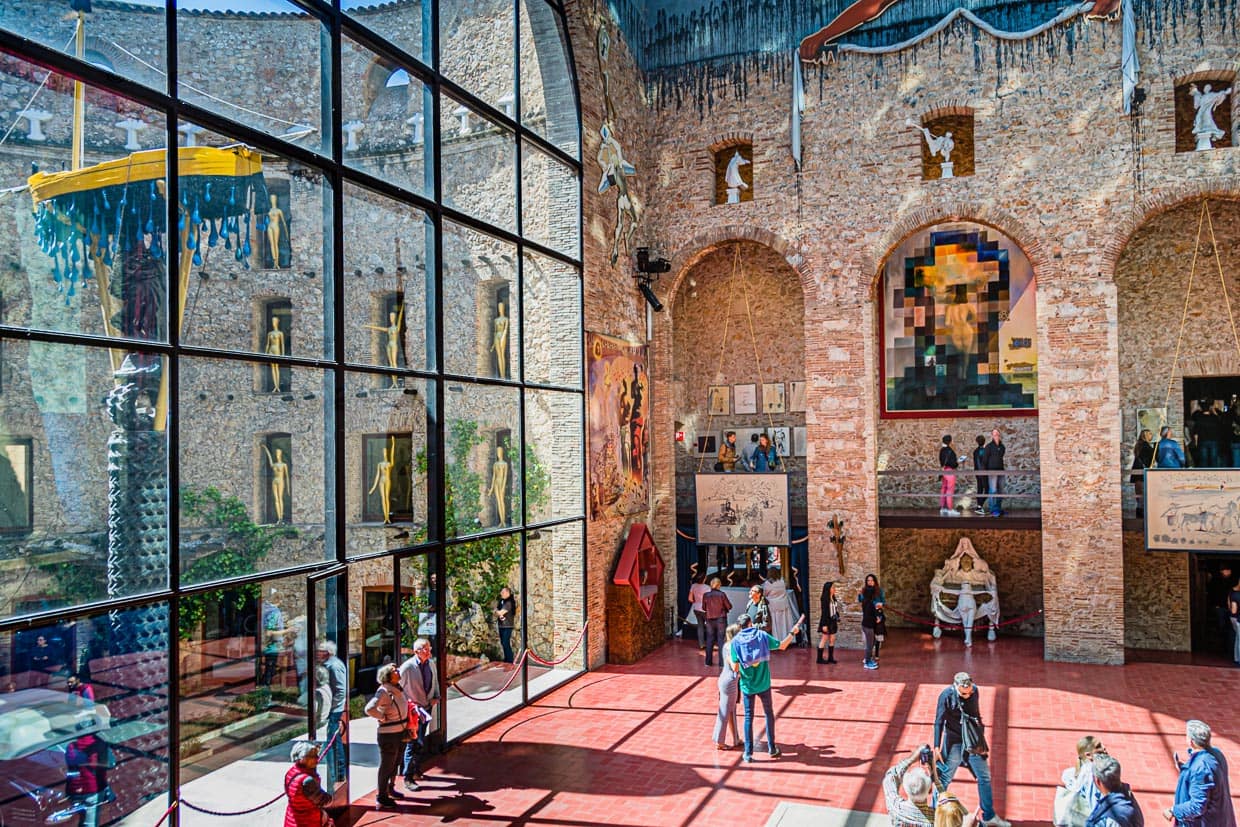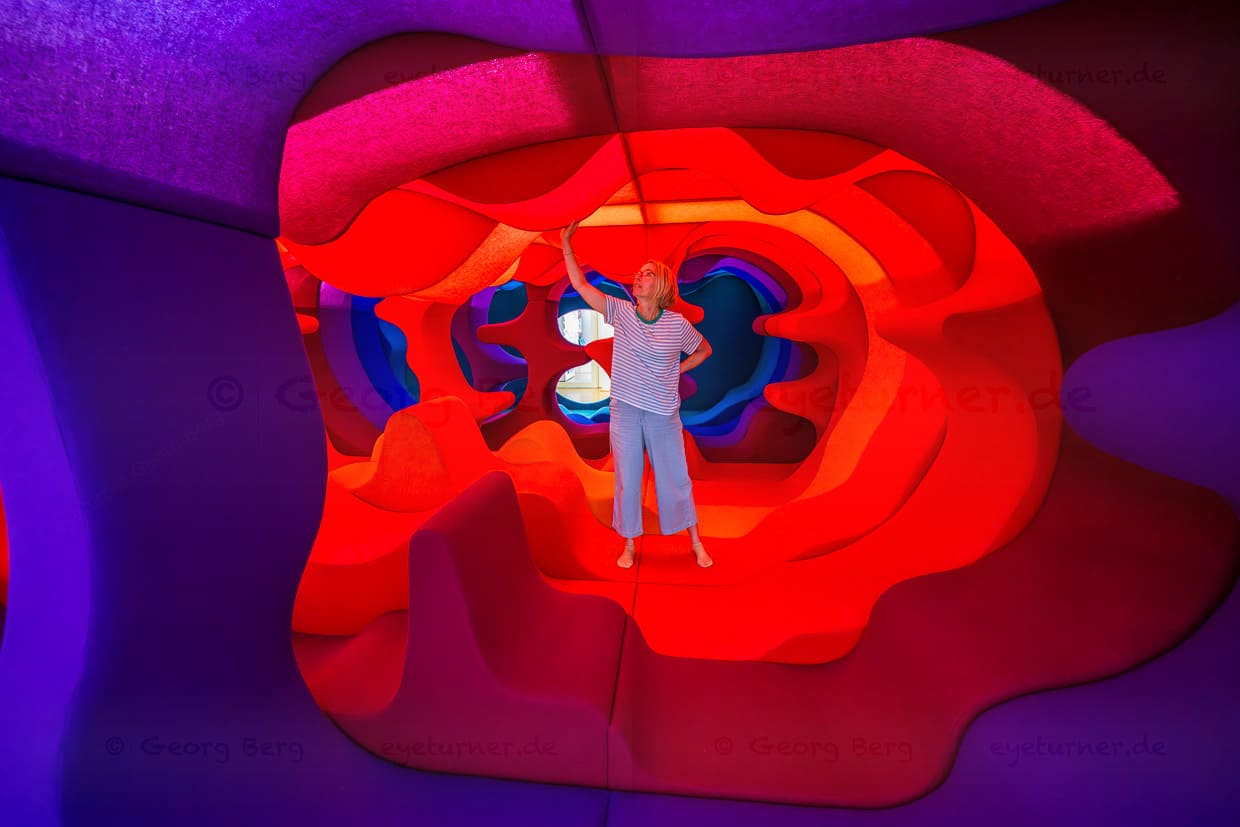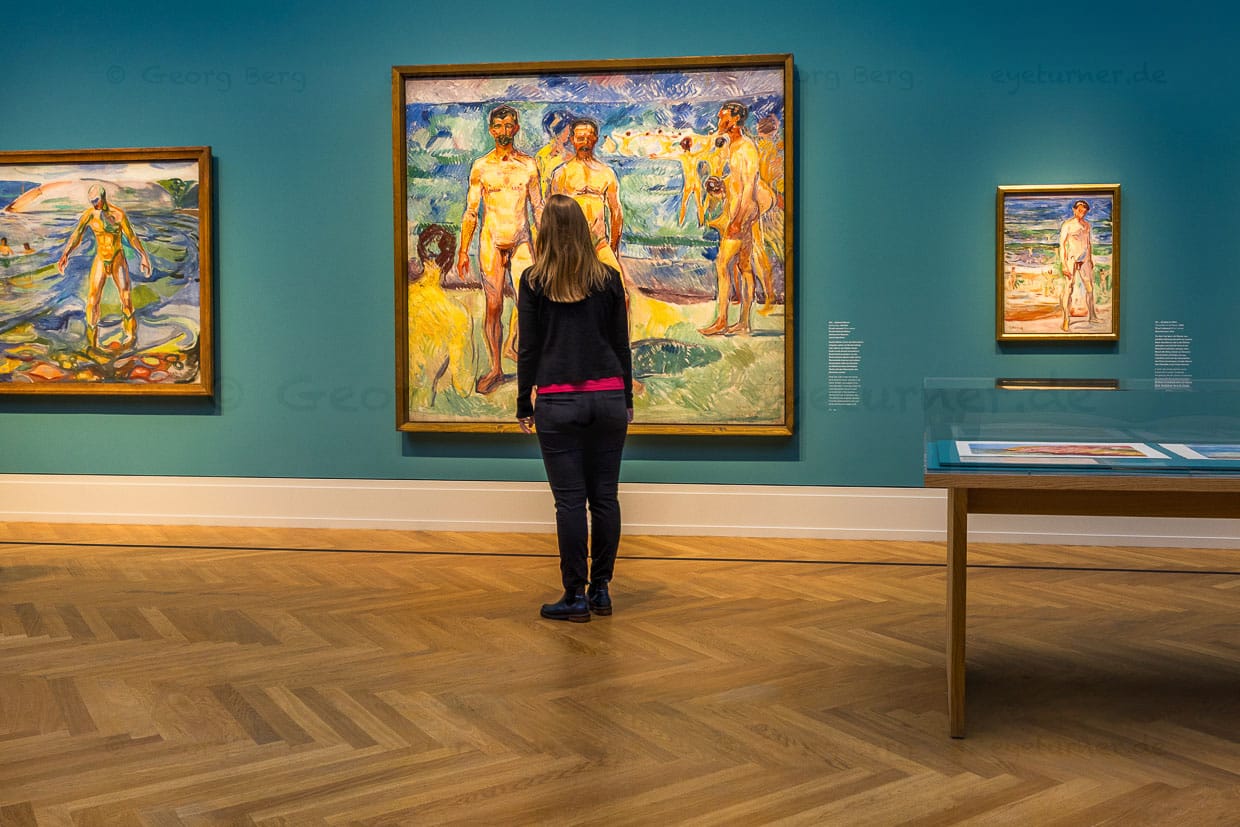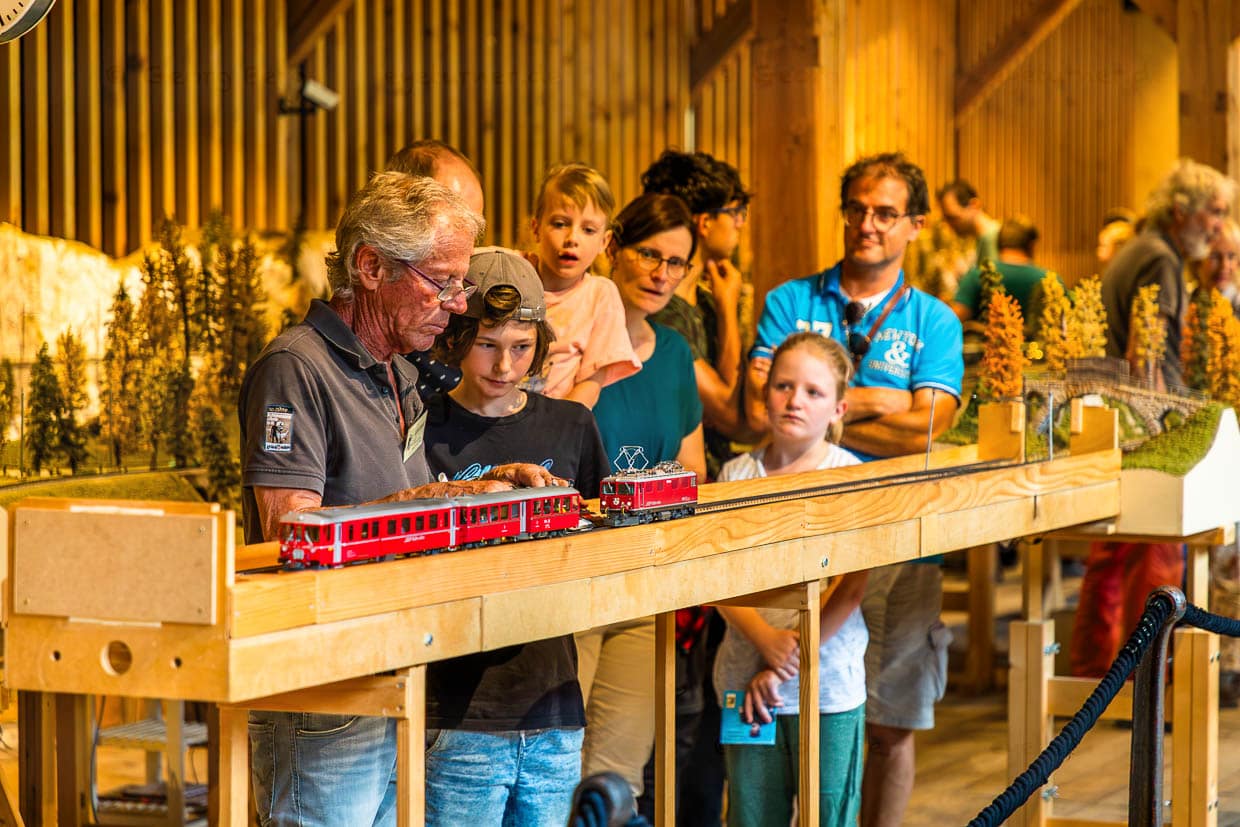Pieter Bruegel’s hidden object paintings against loneliness? Matisse’s water lilies against depression? Or Caspar David Friedrich to prevent burnout? The approach is probably not that targeted. But cultural offerings such as museum visits, music, theatre or creative activities are increasingly being used worldwide to prevent or treat lifestyle diseases.

Culture against diseases
Culture as medicine seems to be a recipe for success! The Museums on Prescription programme has been running in the UK since 2014: GPs prescribe visits to museums to alleviate social isolation and psychological suffering. The government-funded project has demonstrably reduced the number of visits to the doctor and hospital stays.

Since 2018, doctors in Montreal, Canada, have been able to prescribe admission tickets to the art museum for their patients – with health insurance covering the costs. Participants report a significantly better quality of life and increased mental well-being. Similar programmes have been in place in Brussels and Neuchâtel, Switzerland, since 2021. Doctors there prescribe visits to museums and gardens, primarily to combat depression, burnout and loneliness. In Bremen, pilot projects are underway in which people with mental health problems attend drawing courses or improvisation theatre. The WHO also expressly recommends incorporating cultural activities into health promotion programmes in order to strengthen resilience and well-being.


Immerse yourself in art
Art touches the soul – and sometimes the whole body. Whether old masters or avant-garde, impressionists or pop art: exhibitions are increasingly focussing on experiences. Immersive formats are conquering museums worldwide and attracting a growing audience. Take the Van Gogh Immersive Experience, for example: in cities such as Berlin, London and Paris, visitors can immerse themselves in Van Gogh’s works – with large-format projections, VR elements and special viewing rooms. The art comes to life digitally. Monet’s Garden in Cologne is similarly impressive. There, spatial installations and visual effects stage the world of the French Impressionist. Water lilies with a difference – multimedia and close enough to touch. Japan’s most famous artist, Yayoi Kusama, has been working with her illness for decades in large-scale, often walk-in worlds. She suffered from hallucinations as a child, saw dot and net patterns and feared dissolving into them. The hallucinations became an integral part of her art.

Tips for museum visits
A visit to a museum doesn’t need VR glasses or large-format projections. Even the aesthetic environment in a museum can be soothing: For example, the famous Rivera Court at the Detroit Institute of Art in Michigan. Or the Oskar Reinhart Collection in Winterthur near Zurich. There, visitors can enjoy a picnic with Picasso: a fluffy blanket, cushions and a basket full of Spanish specialities – thematically coordinated with the works in the collection. Under old fruit trees, the excursion becomes a balm for the soul and helps to relieve stress. Or how about a relaxing contemplation of Caspar David Friedrich’s famous painting Two Men Contemplating the Moon? Like many of his works, it belongs to the collection of the Dresden State Art Collections in the Albertinum. The dark nightmare worlds of the surrealist HR Giger, known from films such as Alien, Dune and Poltergeist, live on in the HR Giger Museum . A visit to Gruyères in Switzerland is a feast for science fiction fans, but a disturbing test of courage for everyone else.

Only the self-absorbed are incurable
Only the narcissists are not helped by a visit to the museum on prescription. Inspiring spaces, creative works or socio-critical impulses leave them cold. In the age of selfie addiction, he stages himself everywhere he goes and stands, always sending the same message: “Look, it’s only through me that this place becomes truly beautiful! “



